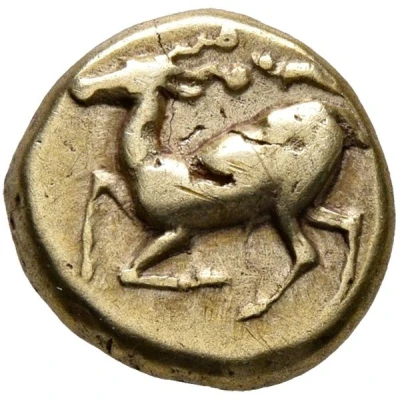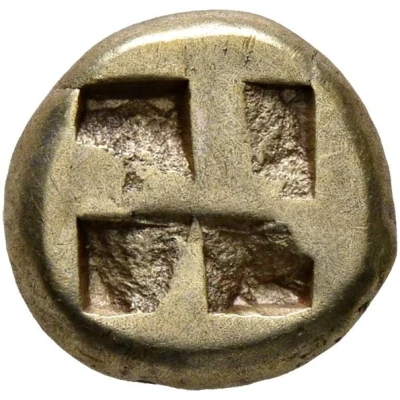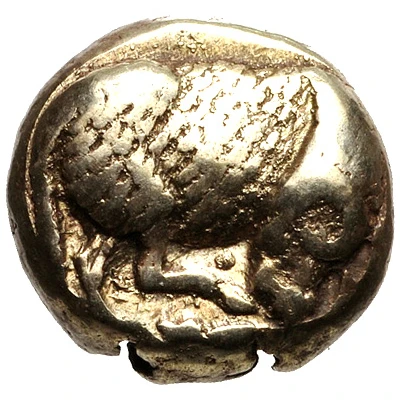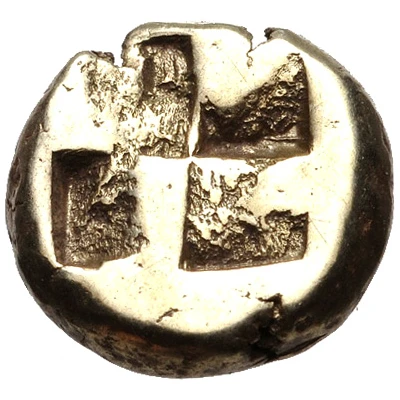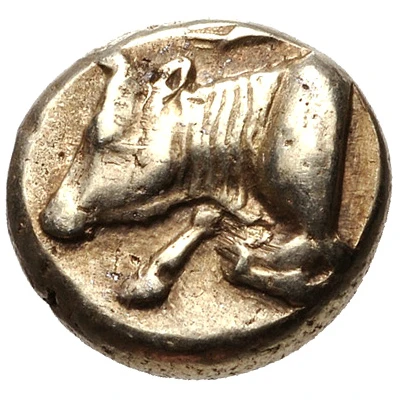
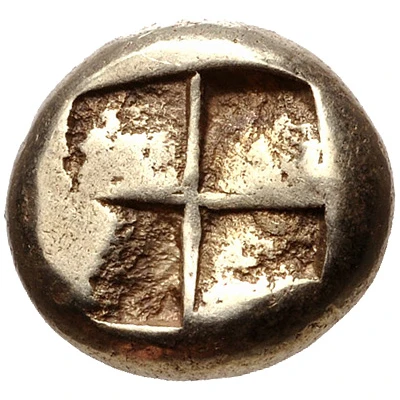

© Classical Numismatic Group, Inc.
Hekte 478 BC - 387 BC
| Electrum | 2.54 g | 10.0 mm |
| Issuer | Phokaia (Ionia) |
|---|---|
| Type | Standard circulation coin |
| Years | 478 BC - 387 BC |
| Value | Hekte (10⁄3) |
| Currency | Drachm |
| Composition | Electrum |
| Weight | 2.54 g |
| Diameter | 10.0 mm |
| Shape | Round (irregular) |
| Technique | Hammered, Incuse |
| Demonetized | Yes |
| Updated | 2024-10-10 |
| Numista | N#147932 |
|---|---|
| Rarity index | 100% |
Reverse
Quadripartite incuse square
Interesting fact
The Hekte coin was used as a form of currency in the ancient Greek city of Phokaia (Ionia) during the 5th century BC. Despite its small weight of 2.54 grams, it was considered a significant amount of money at the time and was used for everyday transactions. The coin's design featured an image of a seated goddess, likely Hera or Athena, on one side and an inscription on the other. The use of electrum, a naturally occurring alloy of gold and silver, gave the coin its unique value and durability.
